#13: Sonic The Hedgehog (2006)
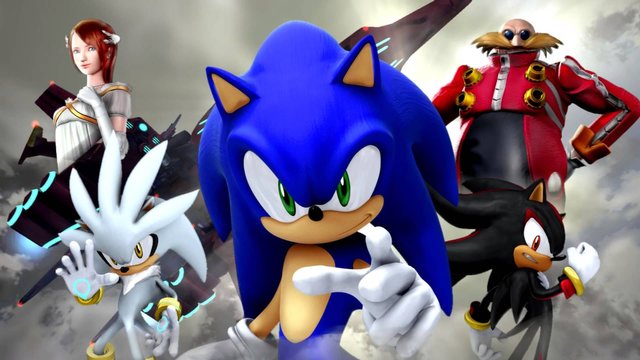
2006 marked the fifteenth anniversary of the
Sonic the Hedgehog series. To commemorate the event, a brand new Sonic title was released. Sonic the Hedgehog —or Sonic ’ 06 as it’s sometimes referred to— was profusely hyped by Sonic fans (as hard as it is to believe now). Most of you already know this, but Sonic ’06 was one of the worst games ever released.
The game damaged the series’ reputation so bad that it still lingers on some gamers minds whenever a Sonic game is mentioned. Everything from the cringe-worthy story to the clunky controls, insanely long loading screens, and game-breaking glitches make this a golden example of how not to make a game.
#12: Heavenly Sword

There was a time when Sony were putting all their eggs into Heavenly Sword's basket. Nariko was set to be "the next big PlayStation icon" (a female one at that!), all-new facial tech was going to allow for an 'unprecedented level of cinematic immersion', and the budgetary clout of being a first-party Sony studio meant every last voxel was primed to be as shiny as possible.
Then it released, and Heavenly Sword was about as fun to play as Mass Effect Andromeda's facial animations are to look at. It was clear for all to see that Ninja Theory had prioritised story over gameplay, falling back on two base gameplay types; God of War-influenced hack n' slashery, and 'follow-the-arrow' slow motion archery sections.
Needless to say, the reception was so flat, what was supposed to be a new franchise never even saw a second instalment. Ninja Theory went on to release another 'conceptually-solid-yet-forever-naff-when-you-played-it' game in Enslaved: Odyssey to the West, and are currently about to release Hellblade as something that - YET AGAIN - is being sold off the back of 'jaw-dropping' facial technology.
How about nailing down some innovative gameplay mechanics first?
#11: Too Human
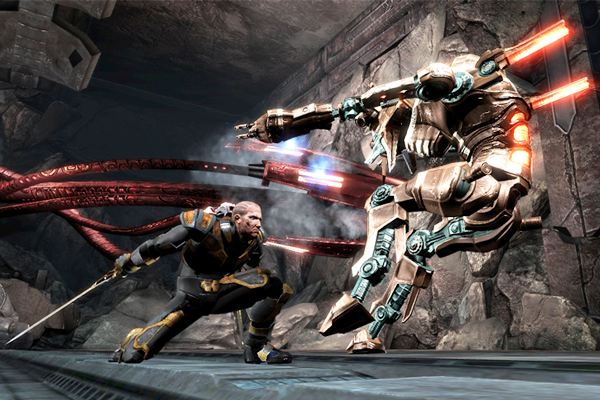
It comes to something when not only does a potential sequel or trilogy get canned, but an entire planned franchise goes south because a first instalment is Just That Bad, but such was the case with Too Human.
Helmed by former Legacy of Kain developer Denis Dyack, Too Human was set to pair a unique sci-fi take on Norse mythology with RPG gameplay that would be immediate, fun and appealing to the masses. Think instant-action, stat trees, plenty of abilities and endless exploration in a world you cared about just by looking at it. All that stuff.
How could they possibly mess that up? Well, by tying combat controls to the right analogue stick - something non other than the Blade 2 movie tie-in also did at the time, before being a disaster in itself.
Atop this horrendous control scheme that forced you to pull off combos by repeatedly nudging the stick in the same direction were load times about as long as the average cutscene, and an un-skippable death/respawn animation that went.on.FOREVER.
I'm telling you: If you don't think something as granular as the length of time your character takes to respawn can grossly affect an entire game, you haven't played Too Human.
#10: Final Fantasy XIV: Online
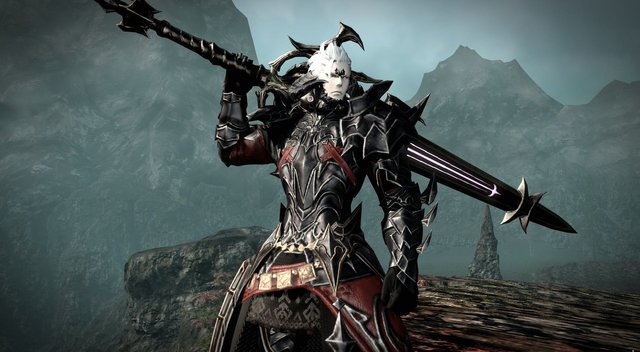
At first glance, Final Fantasy XIV Online looks like a fantastic title with the high quality attributes you’d expect from such a successful franchise.
Despite the great graphics and awesome soundtrack, the game wasn’t all that successful. Actually, it was kind of a mess. It looked good, which is what drew so many people in, but ultimately was an unfinished product.
At least, that’s what most thought of it as. Once the hype died down, XIV Online got some pretty bad press. Those in the gaming community weren’t all too pleased with what they received as a final product, and because of that Square Enix pretty much pulled the plug and started the entire project from scratch. Of course, that culminated in the release of A Realm Reborn, a much better received title than its predecessor.
#9: Evolve
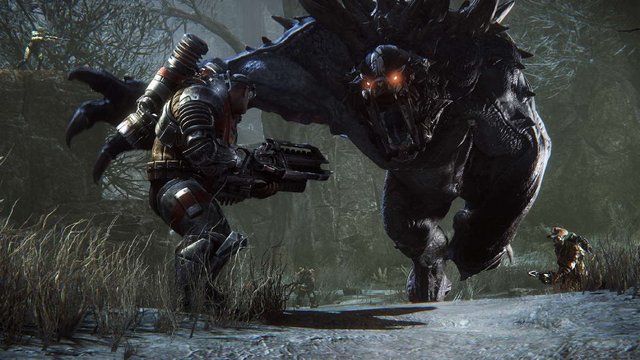
This is a pretty well-documented case of unwarranted hype and the immediate fallout that followed, seeing as it just recently happened. Evolve was an ambitious title from the start. And as we’ve seen, that ambition doesn’t always guarantee successes. Sometimes it backfires in a big way.
The game was focused on multiplayer where players would play as “Hunters” and “Monsters.” But players and critics almost instantly criticized the game for the dull and often disengaging multiplayer that upon experiencing first-hand over a period of time, was incredibly weak and often boring for most involved. With all the bad press and reception, the game was re-released as a free to play title.
#8: SimCity
You won’t find that many games that had as bad a launch as 2013's SimCity . The game was the first major addition to the SimCity series since
SimCity 4, and so was eagerly anticipated by fans.
In what should’ve been a routine day, the game’s launch was an utter disaster that damaged its reputation among fans to such a degree that it’s still the first thing people will think of when you mention SimCity (2013) . One of the major holdups was the server issues that plagued most players upon starting the game.
This then led to network outages and subsequent reports of crashing, disconnections, loss of saved data and more. It was – and remains one of the biggest launch flops in gaming.
#7: KillZone
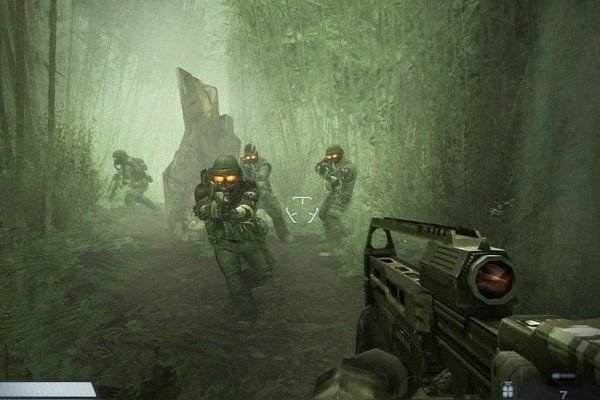
How to kill a franchise in the eyes of the public with just two words? Brand it the "Halo killer".
In reality, Guerrilla Games' brown n' grey shooter had about as much chance taking down the Halo of the early 2000s as a mouse's fart would knock Superman off course
It wasn't that gameplay was fundamentally broken or anything (aside from making you switch to grenades, anyway - something Halo had made a one-button thing), but everything about Killzone came with this weirdly glum, morose feel that actively discouraged you progressing any further.
Even the various ranks of the almost-iconic Helghast blurred into one after a few minutes, and when gameplay never extended out of the barest refinements on 'point at enemy, shoot enemy, reload, repeat' over four instalments, it was time to throw in the towel.
Thankfully, although it would take them over a decade to realise, Sony finally freed Guerrilla from putting out aggressively average FPS campaigns, letting them move onto Horizon Zero Dawn with much better results.
Go on, name one thing you like(d) about Killzone. I'll wait.
#6: TitanFall
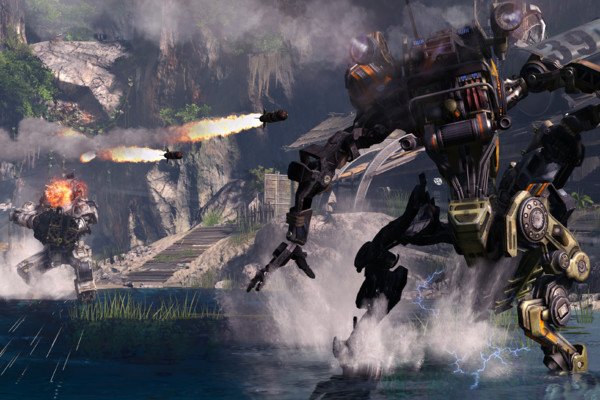
Before Microsoft realised the first iteration of the Xbox One was about as appealing as a piece of toast that's fallen jam-down, they were busy pedalling Titanfall as 'this generation's Call of Duty'.
To be fair, it wasn't without reason.
Titanfall was being developed by ex-Infinity Ward honchos Jason West and Vince Zampella, who'd set up the newly-minted Respawn Entertainment to hopefully do for the Xbox One what Call of Duty 4 did on the 360. Which is to say, create one of the most thriving fanbases in gaming history.
Naturally, you couldn't have sold fresh meat to a butchers if it came with Xbox One branding back in 2014, and despite Titanfall having some solid foundations that would be fully realised in the
immaculate sequel , that original attempt was destined to crash and burn alongside the system it was associated with.
#5: Grand Theft Auto IV
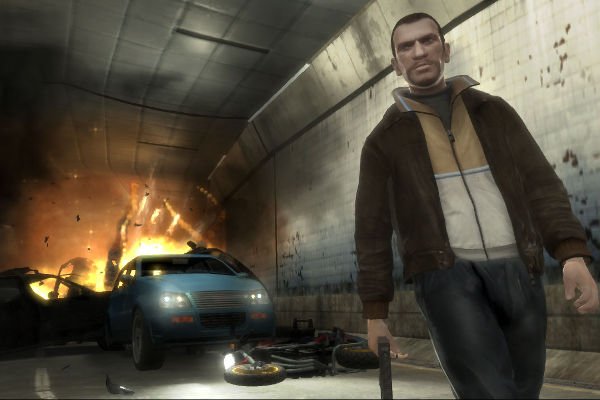
Controversial, yes, as GTA IV is by no means a bad game - it's just a bad Grand Theft Auto game.
And when we're talking about titles that completely failed at living up to their respective hype or those that attempted a new direction and failed, Rockstar's pivot away from the characterful likes of Vice City and San Andreas into this maudlin, washed out, 'serious' tonality has been seen as the outlier ever since, especially when looking at the franchise as a whole.
When you consider that Rockstar were clearly having their 'rebellious phase' throughout the original trilogy and its experimental mission designs (Love Machine weaponry and Area 69 stealth sections, anyone?), they designed GTA IV through marketing, story and character to be a new direction for GTA as a franchise, leaving the 'childish' stuff to Saints Row.
As time has shown, that approach didn't connect, leaving the company to go back to the drawing board and design GTA V as one big apology to everything they attempted five years prior, restoring the 'wackiness' through both Michael's family and Trevor's... well, everything.
To that end, why do you think Trevor so adversely and brutally stomped the life out of GTA IV's Johnny Klebitz?
#4: Assassin's Creed: Unity
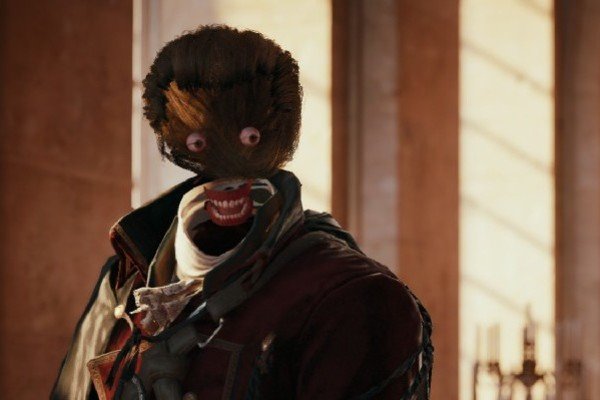
Do you remember seeing AC Unity for the first time?
Even back in 2013, we weren't buying it. We weren't buying all the talking head 'behind the scenes' featurettes espousing the notion that Ubi had 'built the new engine from scratch', and that it was going to be 'a brand new Assassin's Creed'.
It just.wasn't.happening.
Come launch, that above facial bug was everywhere. Ubisoft were forced to change their company slogan of "The next generation starts here" (something they were actually running with for months prior) as the sheer scale of Unity's problems were unprecedented for a triple-A release.
Frame rates chugged, characters' faces didn't load in or random wandered into cutscenes where they didn't belong - the Xbox One version in particular required a 150GB 'patch' so big it replaced the entire game.
Think about that: Unity's launch day code was so broken, Ubi had to swap the whole thing out for people to even play.
Madness.
#3: No Man's Sky
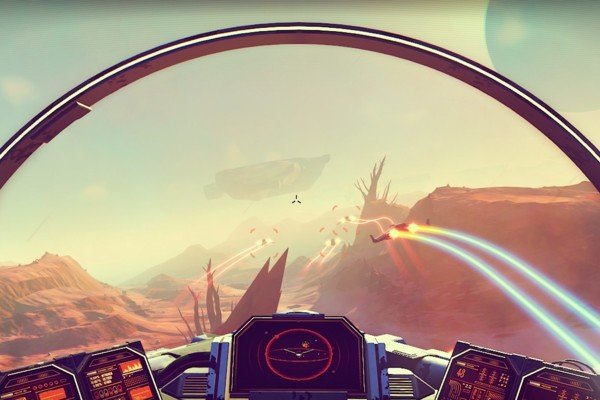
You can't have 'failed' without No Man's Sky, even if I do think it's one of the most underrated games of the generation.
Regardless of how much work Hello Games have put into their sci-fi sandbox since launch, at
launch, it was quite a bag of lies everyone could see right through. We all know of Sean Murray's mess of fibs and conjecture now, yet the fault of No Man's Sky lay just as much with the marketing team as Murray himself.
Both Sony and Hello Games had touted No Man's Sky as this ginormous genre-bending mixture of everything from survival components to drop-in, drop-out multiplayer, first-person shooting, space dogfighting, equipment and ship upgrades - it went on and on.
Whilst the vast majority of those features were in the game in some form (turns out the 'multiplayer' Sean was referring to boiled down to leaving messages for one another), the distance between expectation
#2: Shenmue
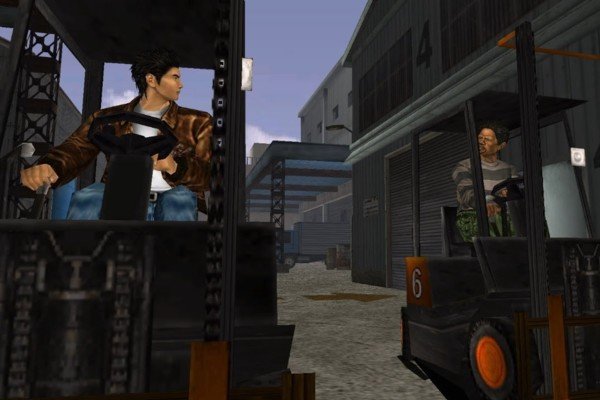
Sega's multi-million dollar medium-shaker is routinely the embodiment of something that was going to 'change everything' - though in this case, it was centred on progressing how narratives and stories are told in video games.
In a way, Shenmue did succeed - every single Dreamcast owner played it, and there are a number of game mechanics like quick-time events, sporadic minigames and environmental object interaction that would go on to directly influence everything from Heavy Rain to Yakuza and even L.A. Noire.
That said, take a step back from the inbuilt console audience readily available for Shenmue, and the game releasing mere months after the mighty PS2 meant the vast majority of punters completely missed out.
Being its budget was around $70 million, it would've required a relentless stream of sales to recoup - something Sega just couldn't deliver when they were up against such relentlessly juggernaut competition.
Retrospectively, Shenmue was clearly ahead of its time , though many of its biggest innovations are still attributed to the more widespread likes of David Cage's games or Telltale's first season of The Walking Dead.
#1: Destiny
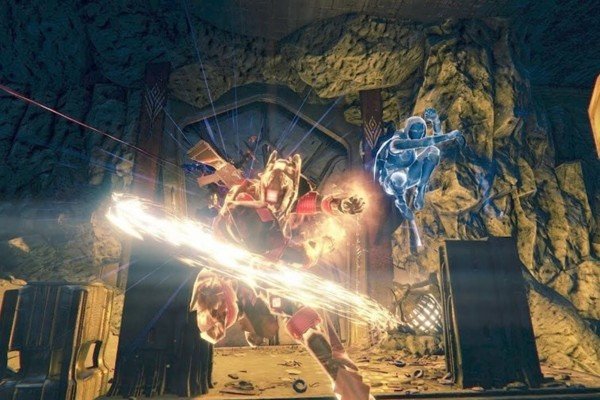
"Bungie are doing it again" they said.
"It's the next Halo", they said.
Little did all the press outlets and hands-on impressions know, the code and set of missions available before launch and during the beta was... the exact same we'd get for $60. Over time it would be revealed that Bungie's higher-ups gutted everything about the game other than its combat mere months before launch, resulting in something that played exquisitely (this was Bungie, after all), but whose depth was entirely surface level.
Microtransactions and DLC story segments followed, as did the news that the game itself cost a ludicrous 500 million dollars to develop. Bungie touted a '10 year plan' for the franchise too, yet that only succeeded in peeing off the vast majority of consumers before Destiny had left the starting gate.
Destiny remains one of the biggest missed opportunities in gaming, and although its player base have an average of 500 hours per person (yes, really), this was 'the next Halo' like the original Kinect was the next step in gameplay interaction.